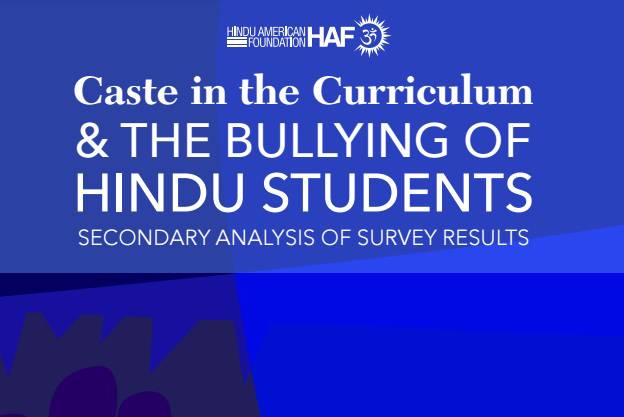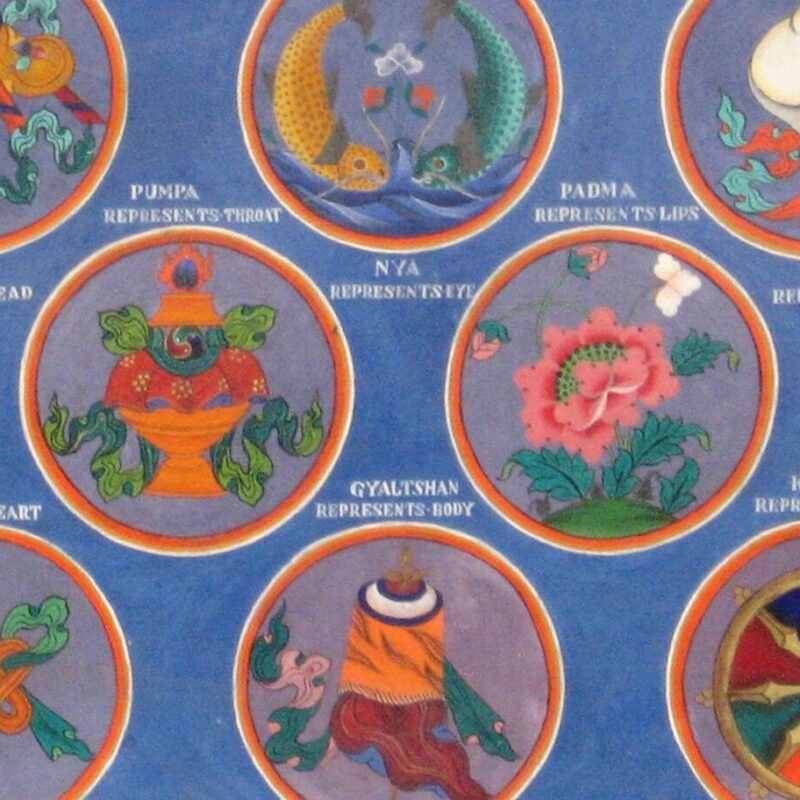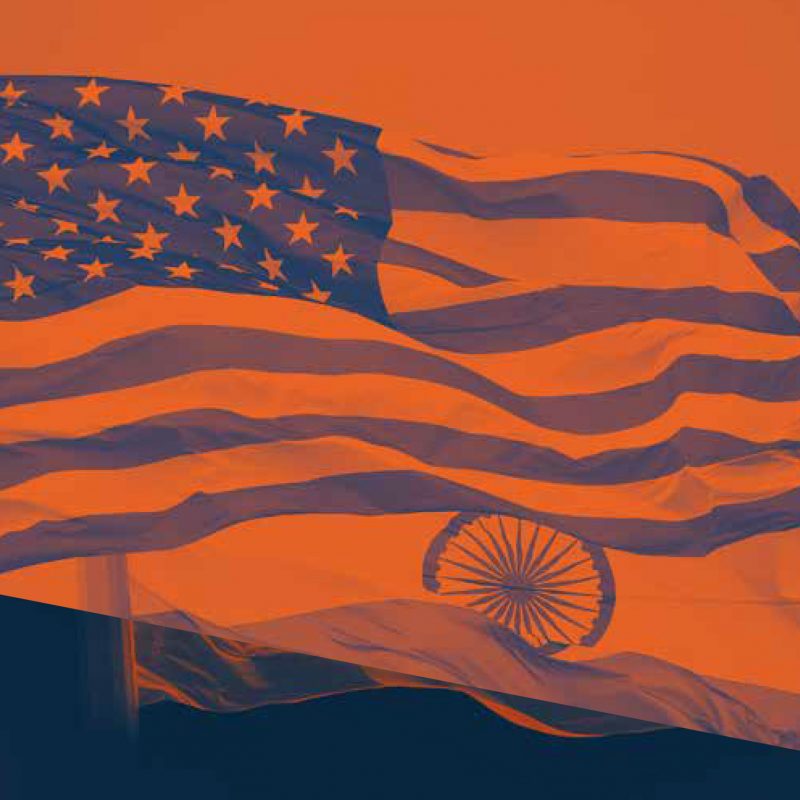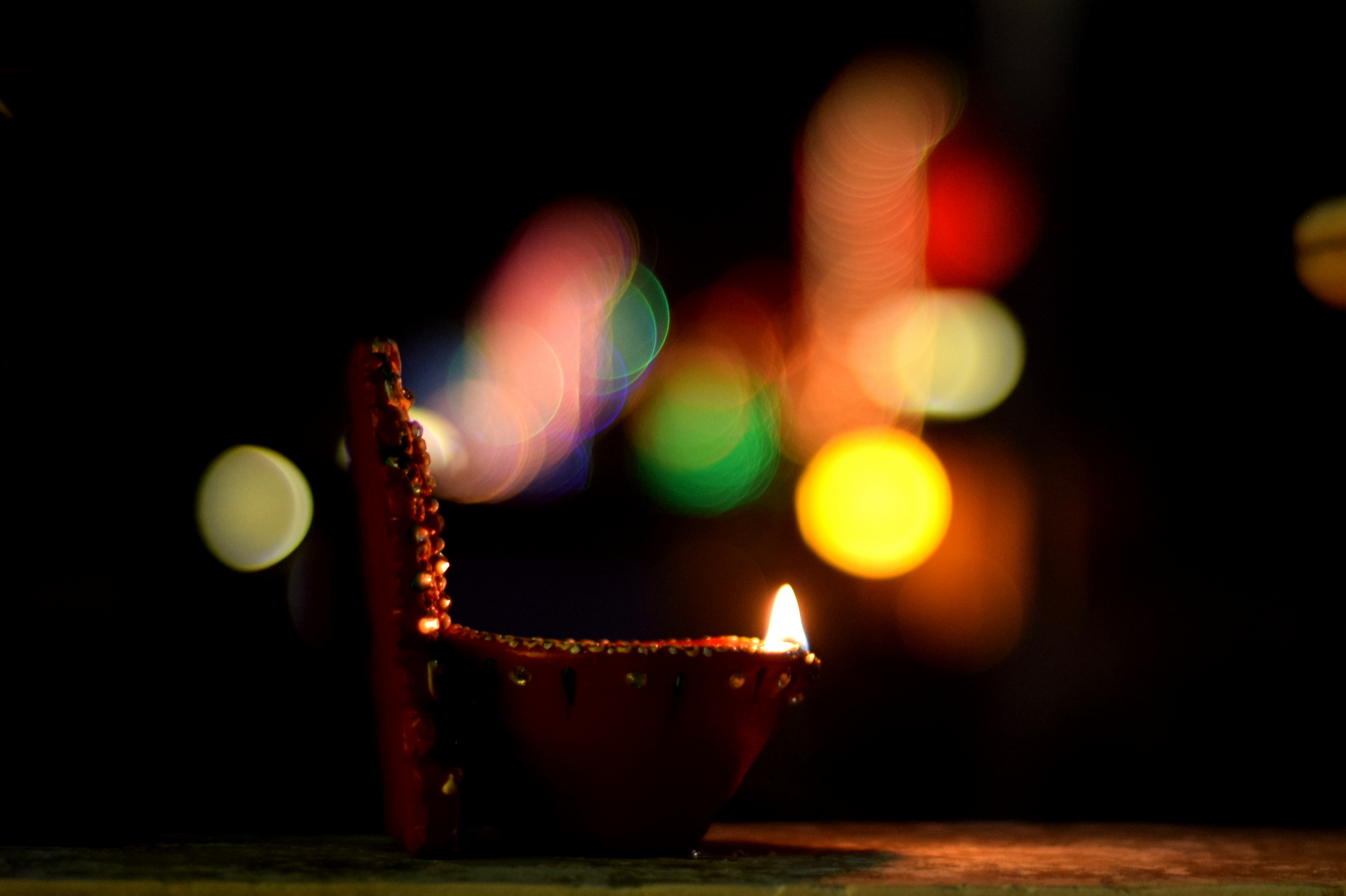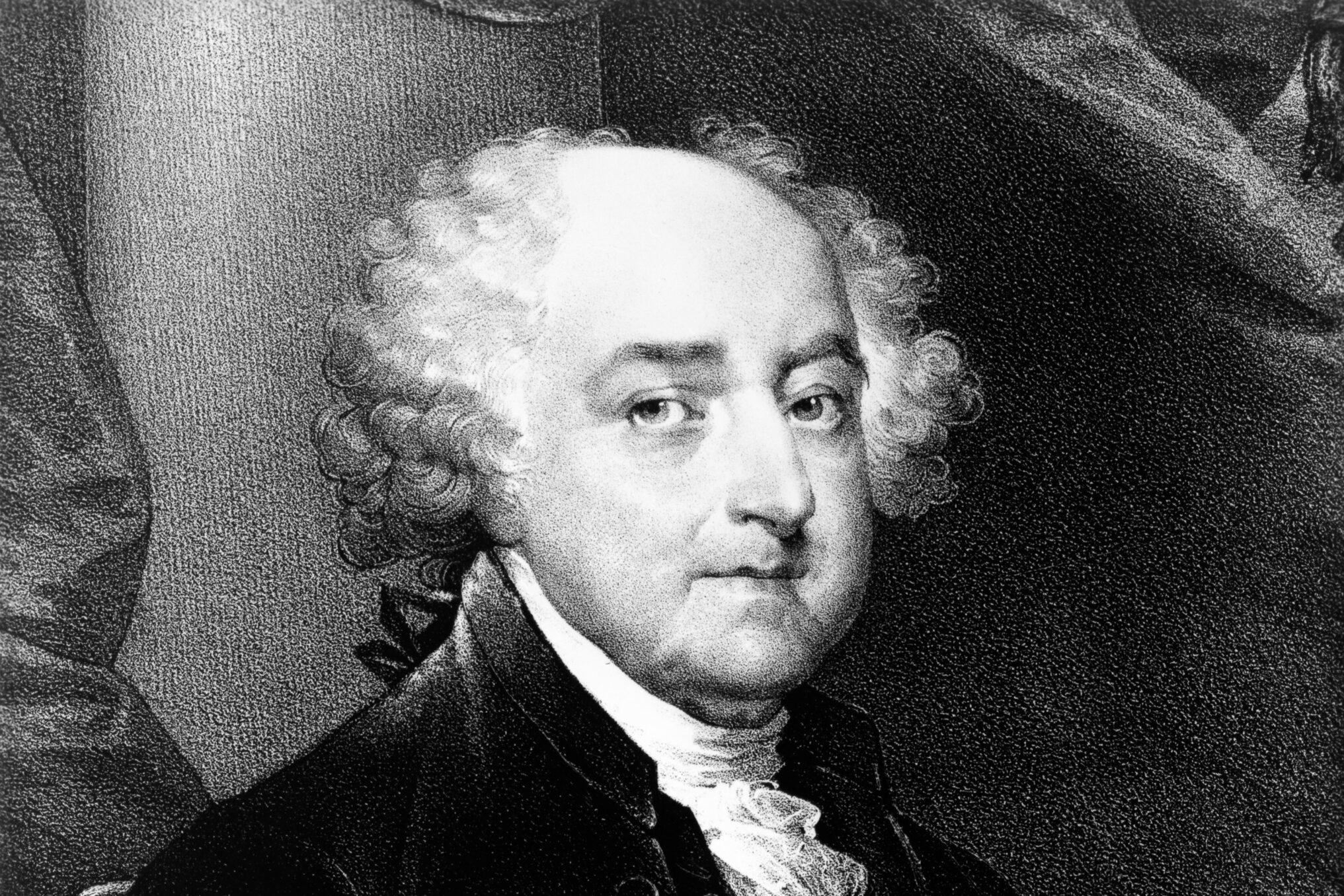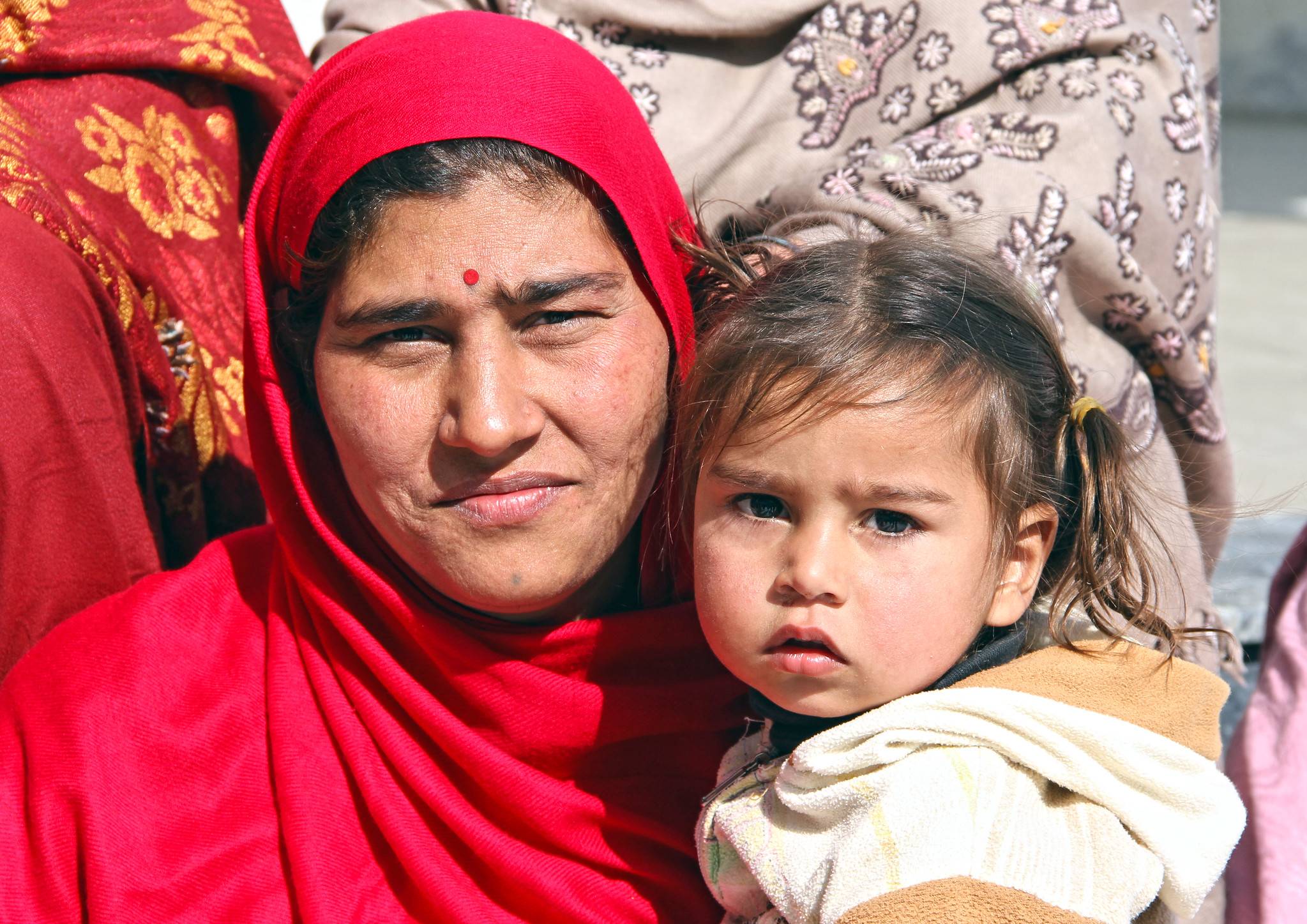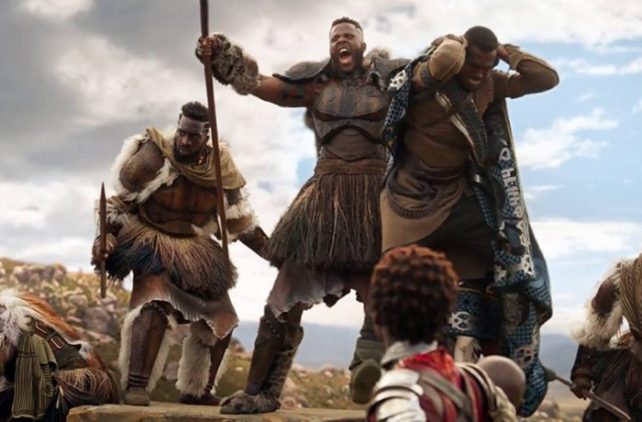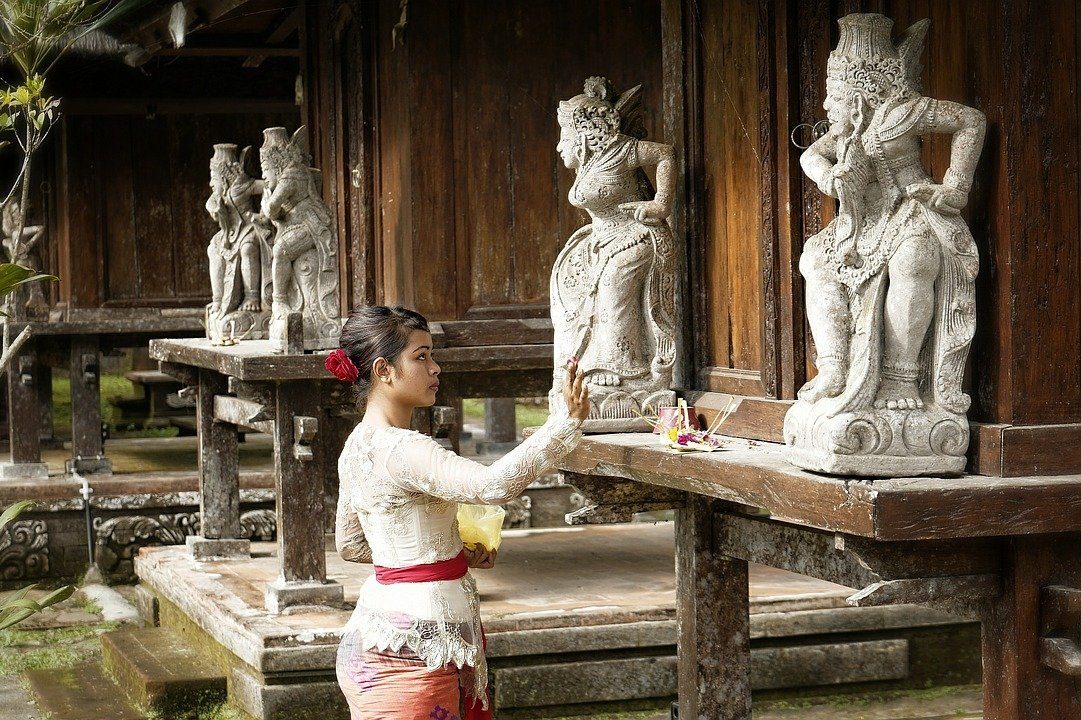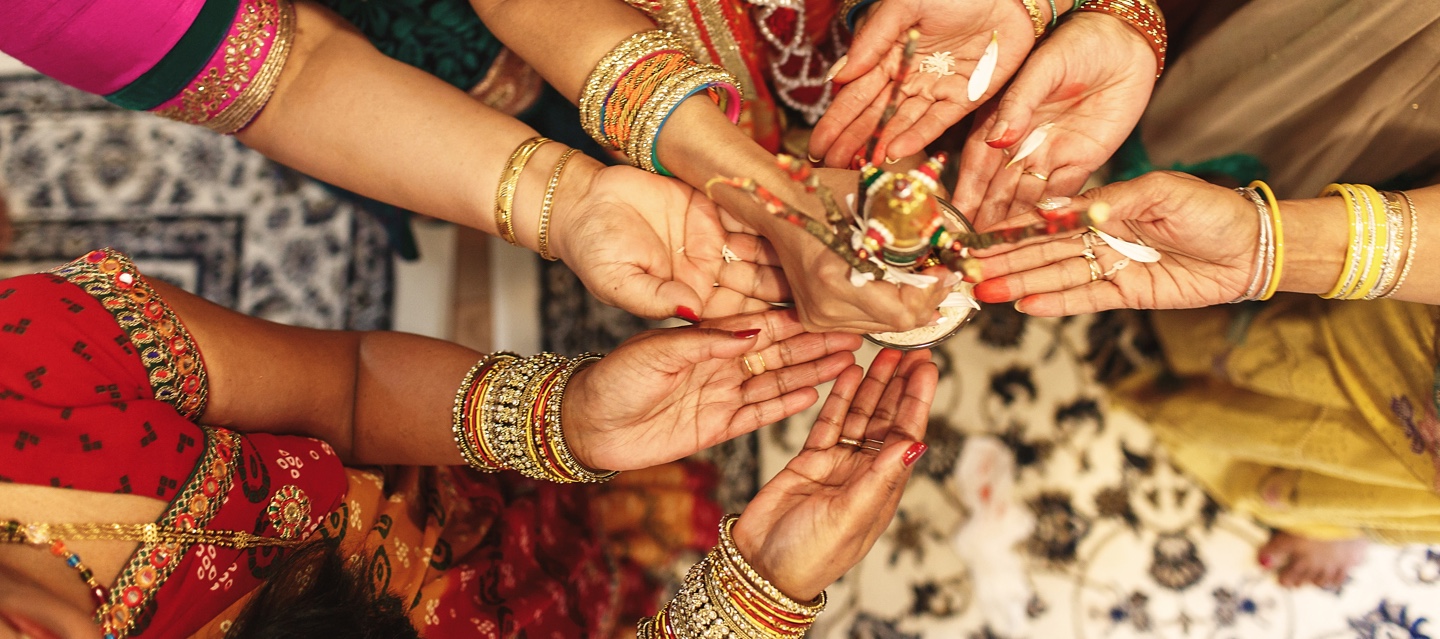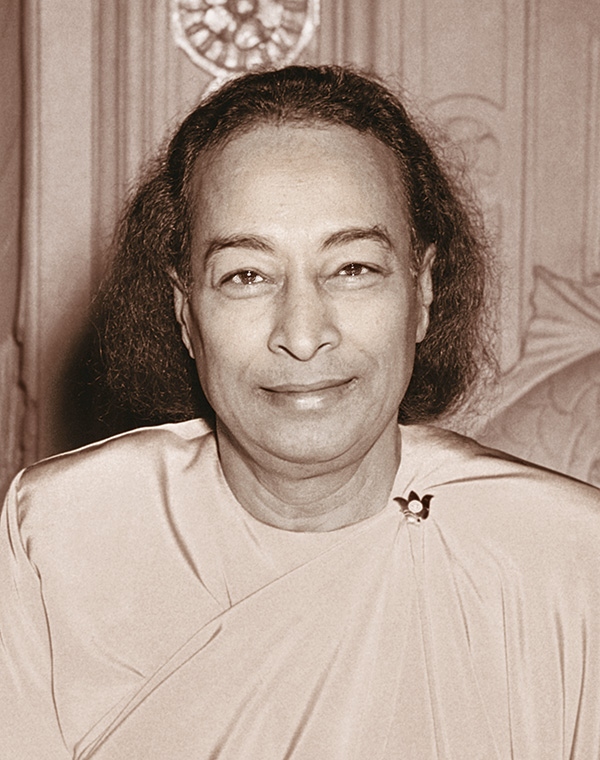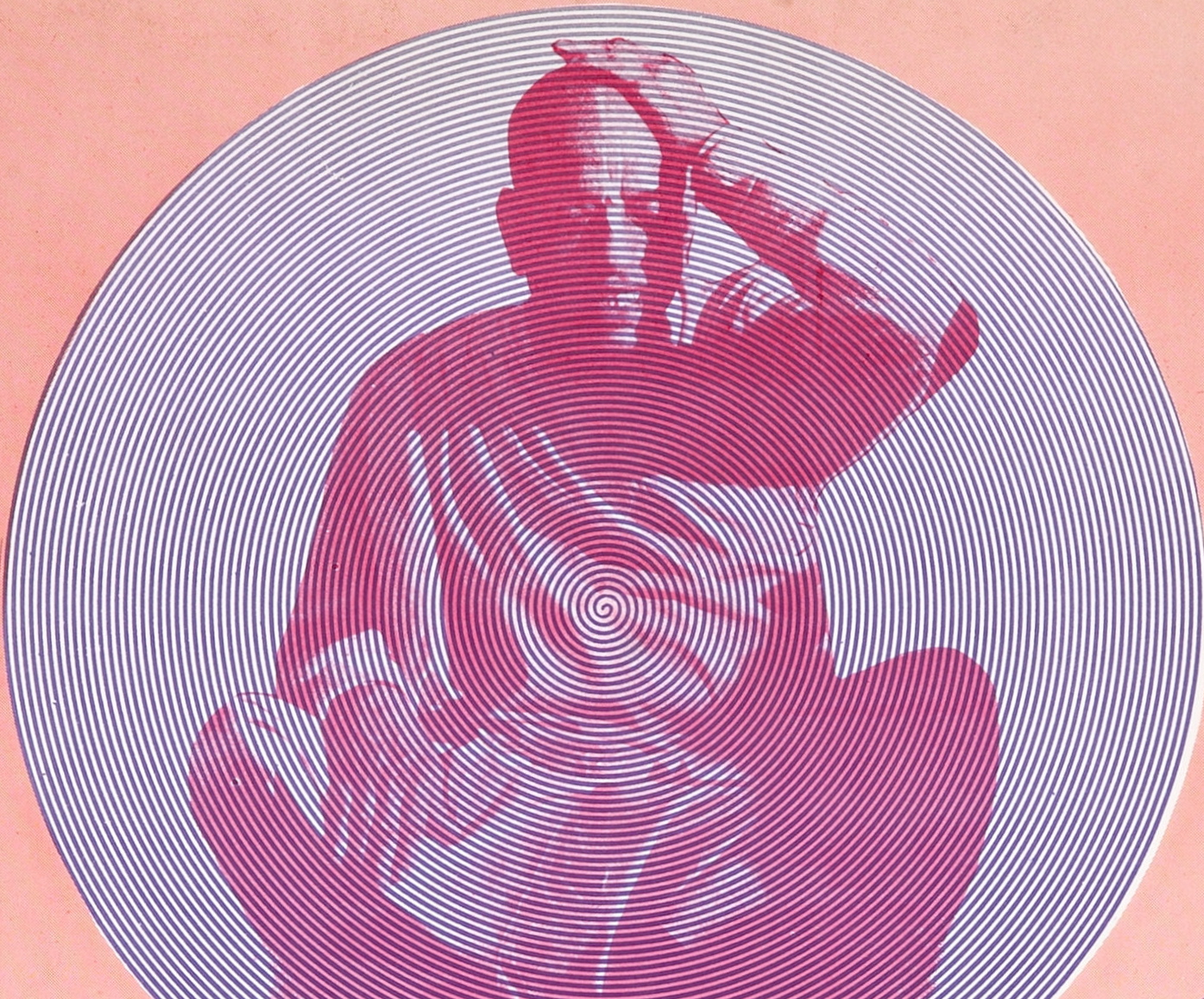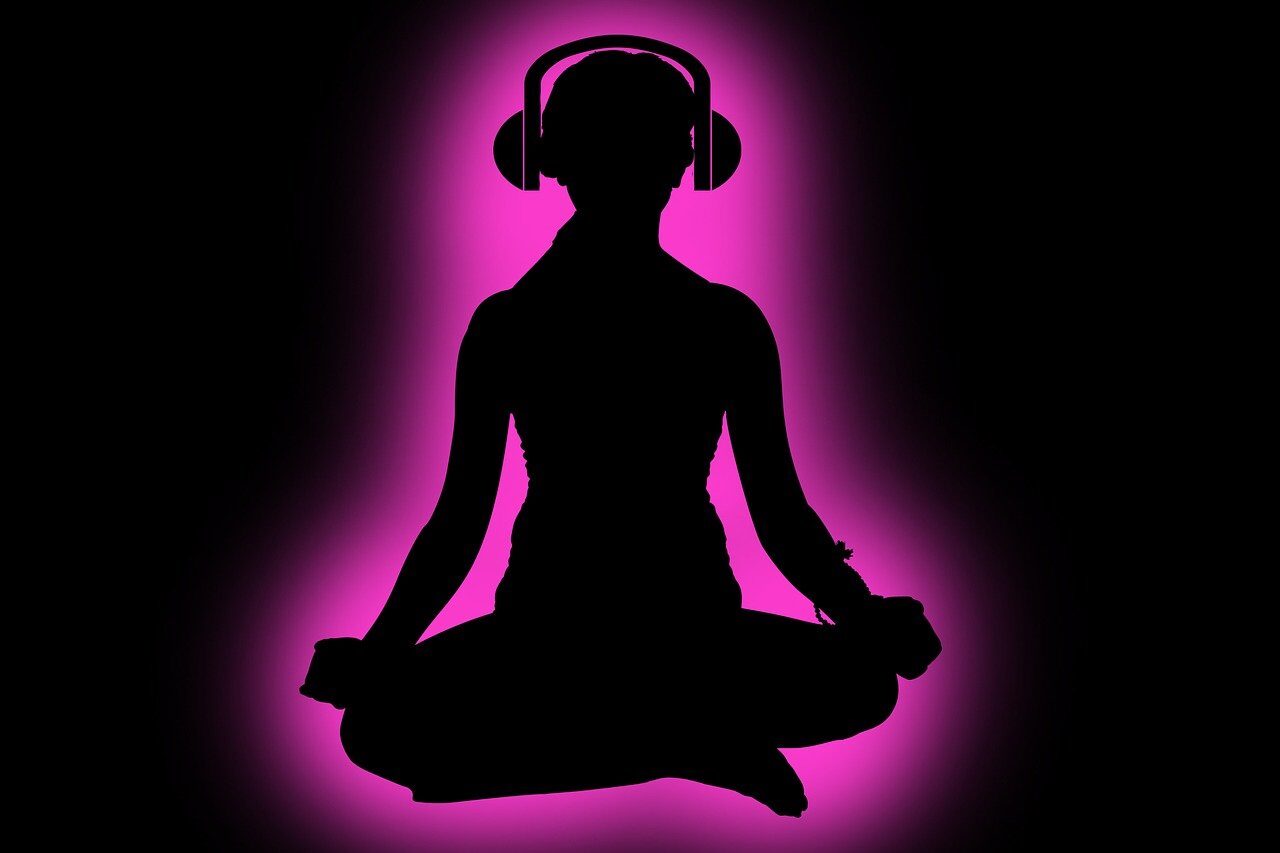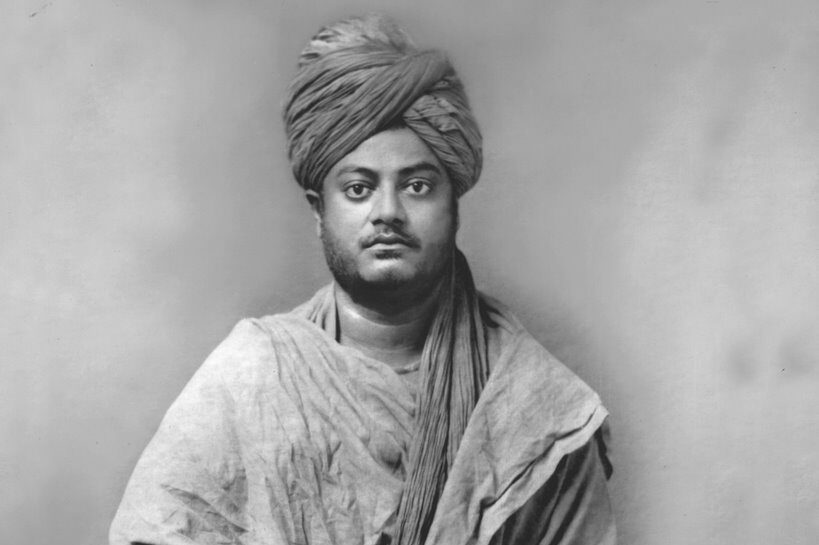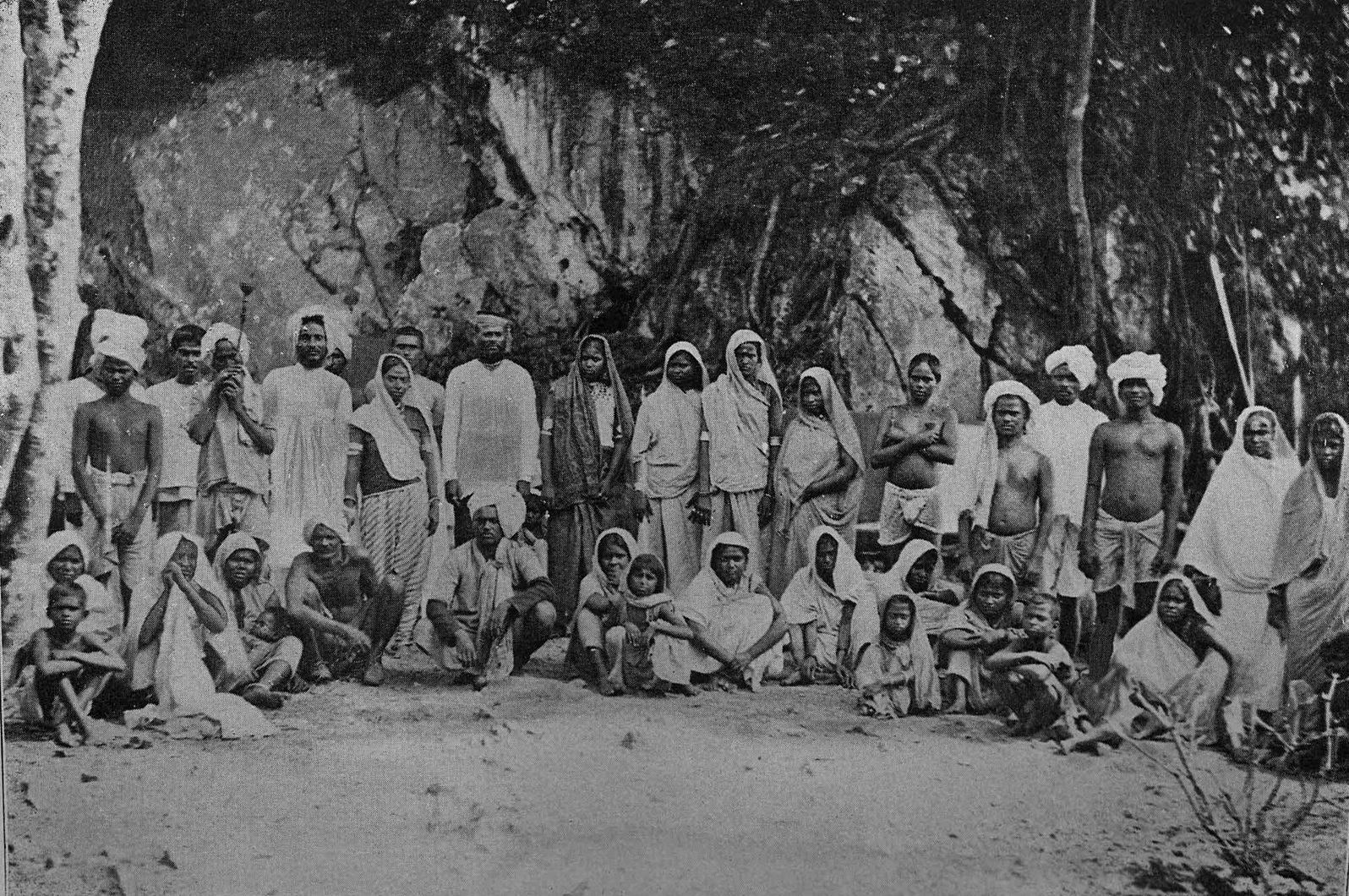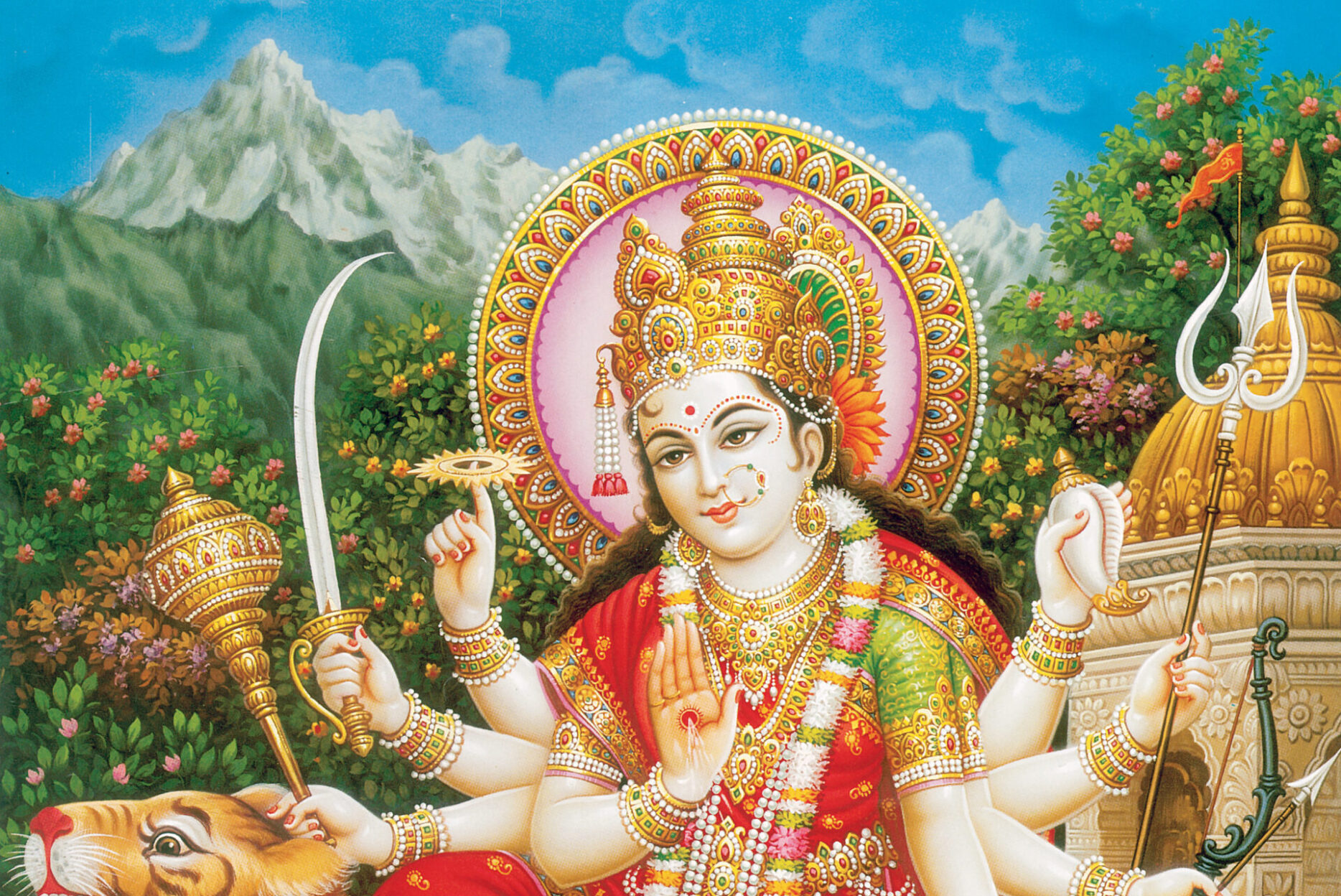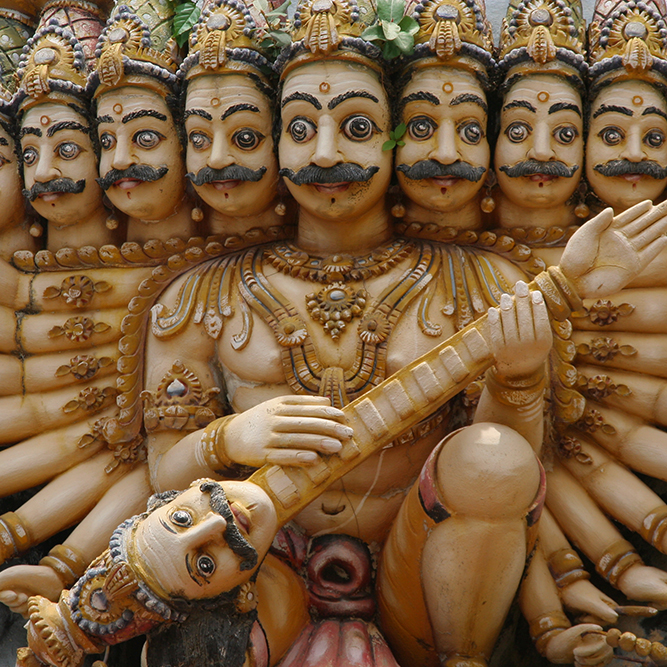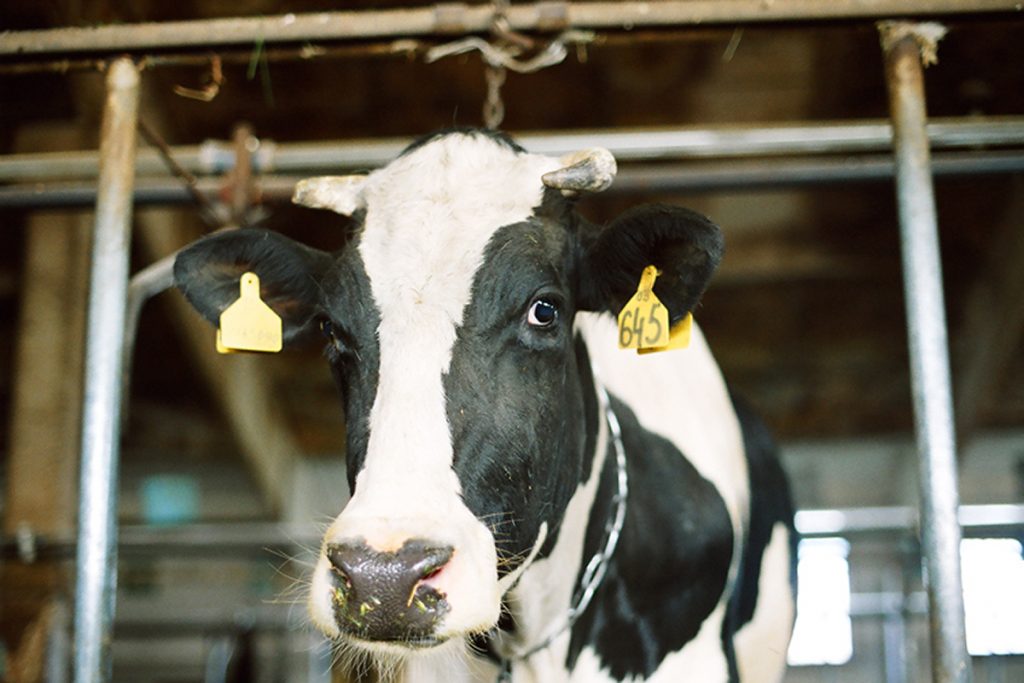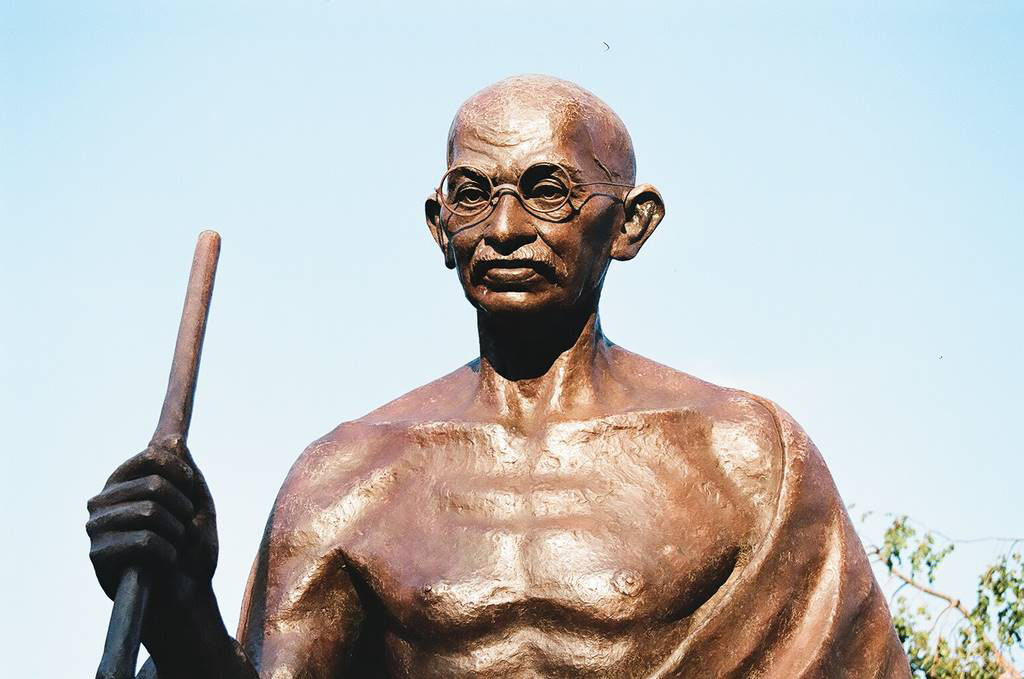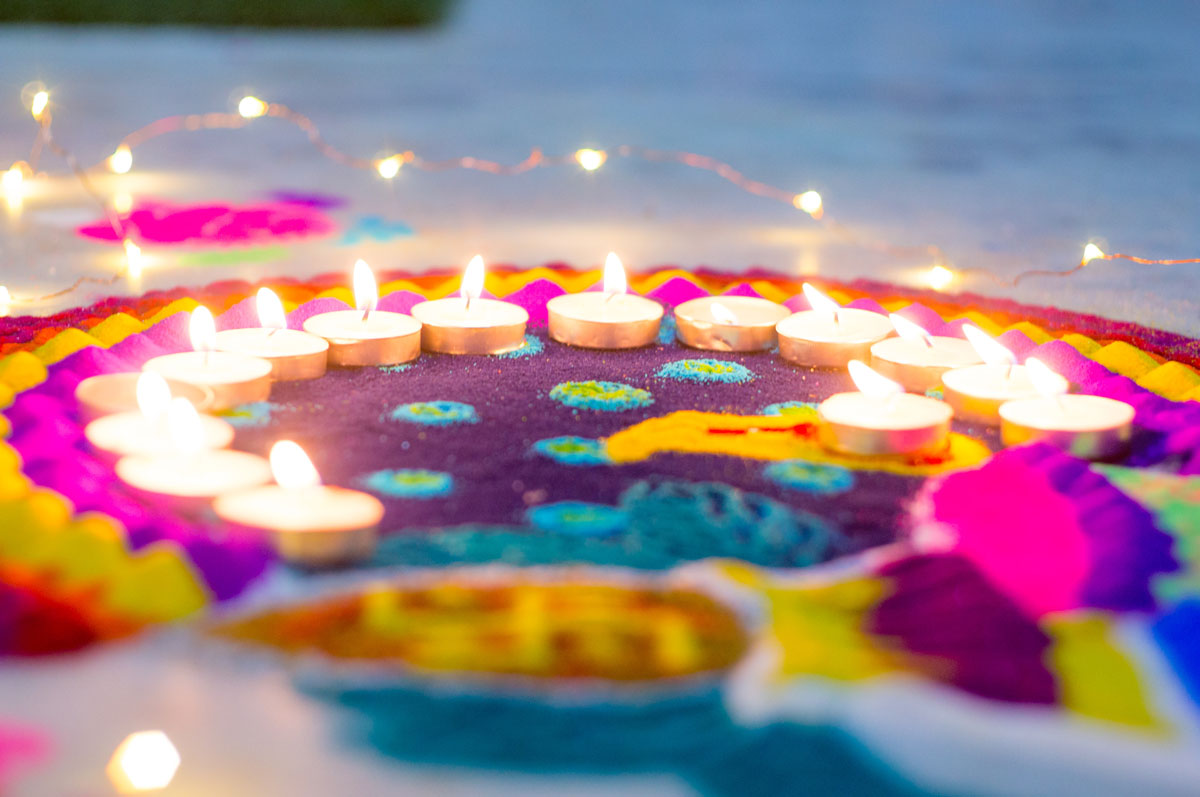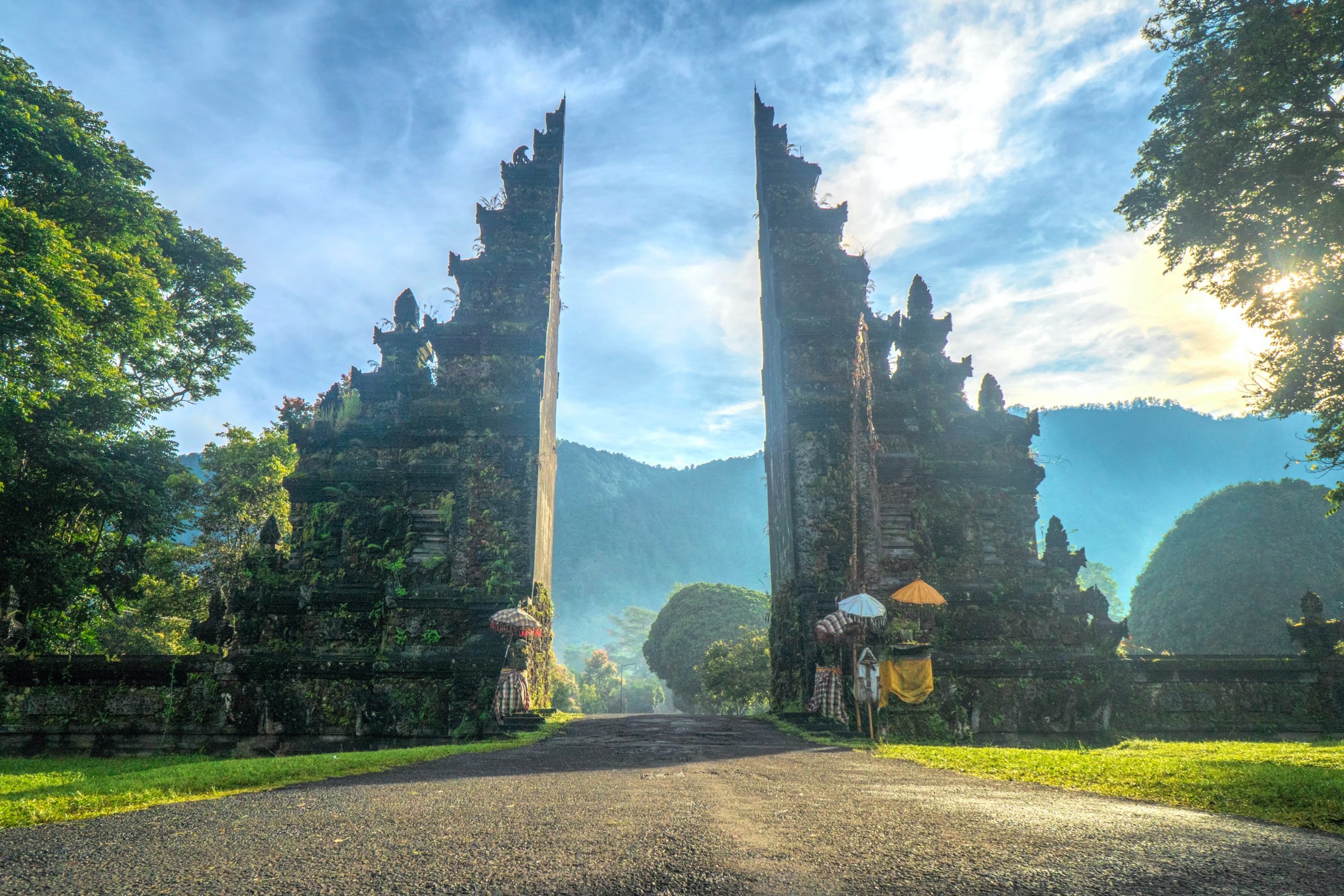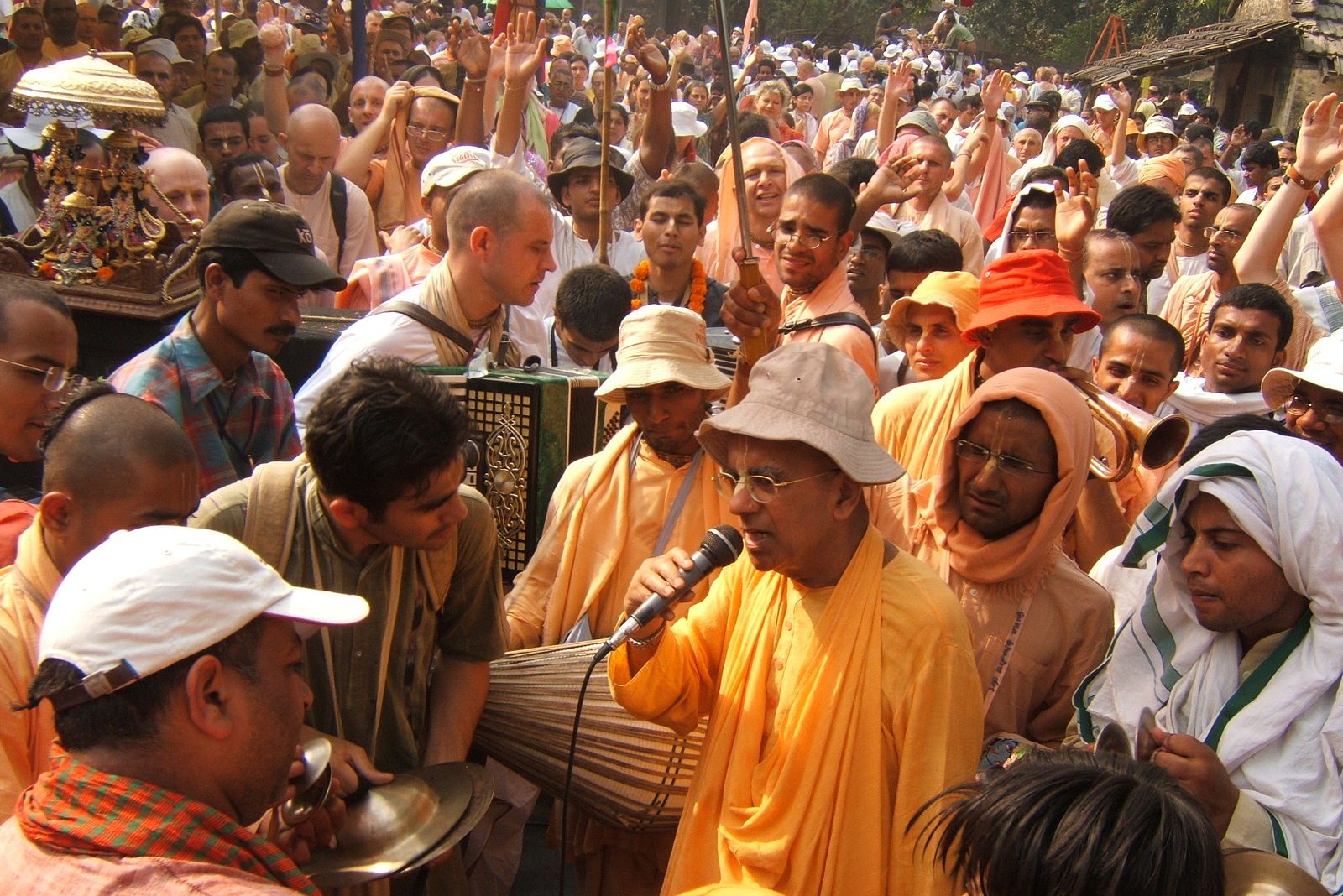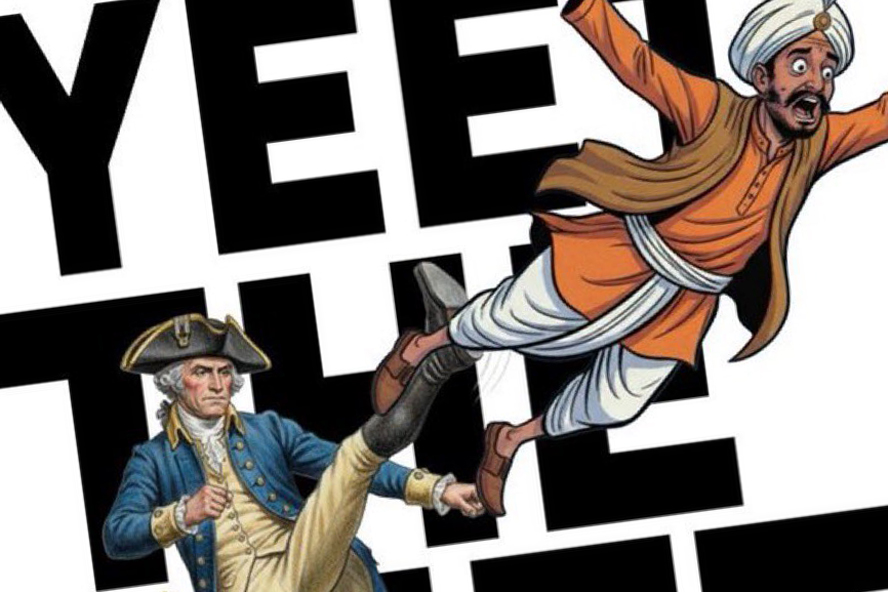

Few periods have captured the full spectrum of challenges Hindu Americans face as clearly as the closing weeks of October 2025, when an avalanche of online hate was unleashed over official Diwali events across the country (the image above being representative to that); a panel discussion on the ostensible threat of Hindu nationalism in America held by Rutgers’ Center for Security, Religion & Rights; and Vice President JD Vance’s comments about his wife’s “agnostic” religious beliefs.
While hostility from white nationalists or the South Asian Left is hardly new, these events also revealed deep fissures within the global Hindu community, and how often we end up talking past one another.
At its core, the divide centers on three interrelated debates:
- Whether “Hinduism” and “Hindu” remain coherent and useful frameworks;
- What pluralism means in a specifically Hindu American context; and
- To what extent Indian norms, whether of authenticity (in thought and practice), or advocacy (informed by India’s unique social and political landscape), can or should be replicated in the United States.
For second-generation writers such as Vishal Ganesan, the current problem traces back to how the first generation approached these questions during the process of imparting Hinduism to their children and establishing Hindu temples and other institutions.
Ganesan critiques institutions that “flatten” diverse sampradāyas and communities into a symbolic “Hindu unity,” creating an “inclusivism” that ends up impeding both meaning and reform. He also critiques Hindu advocacy based on defending a colonial-era construction of “Hinduism,” or misrepresenting diverse Hindu Dharma traditions as a singular, creedal faith akin to Christianity.
Both he, and another writer, Anang Mittal, also challenge what they see as Indian and first-generation reluctance to adapt their thinking to an American context, such as failing to recognize that in the US, religious conversion, even in the case of Usha Vance, is an individual choice, not a violation of norms aimed at maintaining demographic and communal détente. Mittal, in particular, warns that first-generation-dominated advocacy risks importing ill-fitting Indian political frameworks and battles into American life, something which Ganesan sees as also stifling the development of distinctly Hindu American perspectives that would better resonate with the second generation and beyond.
These are important and provocative arguments, worthy of serious reflection. However intellectual introspection and authenticity must be balanced with perspectives grounded in the practical experience of Hindu civic engagement, institution building, and finding consensus among strange bedfellows.
However valid their assessments of specific actors who pushed back against biased textbooks as overly sectarian, intellectually flimsy, or grounded in Indian political assumptions, their analysis nevertheless omits multiple key players and the breadth of responses over multiple decades. Such oversights risk generating broadsweeping conclusions about “FOBs” (Fresh Off the Boat) that minimize laudable innovations many have made to harmonize their traditions with their lives in America, such as building temples housing multiple deity and cultural traditions under one roof, organizing Hindu “Sunday schools” and other programs for their children, or mobilizing devotee time and resources to help disaster-stricken Americans as an act of Seva.
Even if one agrees that “FOB” perspectives are irrelevant or unhelpful, we still need pragmatic solutions for confronting well-funded, coordinated campaigns targeting Hindu and Indian Americans from across the political spectrum, at a scale beyond what disparate individual actors can feasibly execute. The overwhelming majority of Hindu Americans are foreign born, primarily India. Any strategy based on the assumption that almost 80% of the community are functionally useless and need to shut up, is to put it mildly, unworkable. For second-generation Hindus capable of persuading both Indian and American audiences, it’s also entirely unnecessary.
After all, there is little evidence that a fragmented, disengaged second generation Hindu American community will be capable (let alone motivated) of collectively replicating the sustained social cohesion, patronage, and capacity building that enabled African American, or immigrant Chinese, Korean, Jewish, and Vietnamese communities to establish multiple effective institutions, lasting multiple generations. Rugged individualism has its virtues, but enduring advocacy depends on consensus building, competent civic institutions, community mobilization, and effective coalitions, even in America.
From an advocacy perspective, the metaphysical status of Hinduism is beside the point. What matters is that individuals identified as Hindu (whether by self-description or external categorization) must be treated fairly under the law and in public life.
When a state agency such as the California Civil Rights Department can define Hinduism as inherently oppressive and impose a label “Hindu” on an atheist engineer of Indian origin in order to build a case alleging caste-discrimination, or when even Vivek Ramaswamy, a prominent Hindu Republican known for eschewing identity politics can’t escape racialization, we cannot assume Hindu Americans are guaranteed free pursuit of their “individual paths” without interference or challenge.
However different our traditions or values, we more often than not find ourselves subject to the same stereotypes and hostile actors, whether one is merely “Hindu origin” or a devout member of BAPS, whose temple was the target of an armed DOJ raid in 2021. External power structures do not care how different our individual Hindu traditions are, and individual rejection of Hindu identity, Hinduism, or Hindu culture cannot erase the ethnicity, ancestry, and national origin most Hindus inherit. In such circumstances, the question is not how little we have in common (which there is actually more than less), but how we collectively safeguard the rights and freedoms that respect our diversity in the first place.
Consequently, the “Hinduism” we advocate for is not a singular, credal religion, nor is our “unity” an attempt to paper over material doctrinal differences, let alone shield Hindus from reform and reflection. But we also don’t ignore the points of philosophical consensus that have been cultivated by otherwise very diverse Indic worldviews over the millennia. We represent a diverse community of individuals and Dharma traditions rooted in the Indian subcontinent the same way as other civil rights organizations represent their communities within a liberal democratic framework.
Furthermore, Christian beliefs do not “offend” us, including those that call on adherents to share their faith with others, and we certainly don’t expect the American state to adjudicate disputes involving “harming community sentiments” as often happens in India. As American citizens, constituents, and taxpayers, we expect our leaders, including our Vice President, to uphold the religious liberty of all Americans, including Hindu Americans, and their right to choose their individual spiritual paths without compulsion or state interference. This expectation, like our advocacy, rests on the First Amendment and the universal principle of conscience. It doesn’t matter whether all paths are “true”; what matters is that we coexist peacefully, and better yet thrive, despite irreconcilable differences in religious belief.
Indian pluralism or orthodoxy may not map neatly onto America’s “Protestant-rooted” culture, but Indic perspectives still have much to offer. Long before European colonization, Hindu thinkers navigated difference through samvāda and siddhānta – rigorous, truth-seeking dialogue within and across traditions that produced shared but locally adapted ethics. These methods of engagement, though interrupted by historical upheavals, remain vital examples of Hindus seeking thoughtful, ethical, and pragmatic solutions for cultivating pluralism.
Moreover, the continued survival of Hindu Dharma traditions despite so many profound challenges over the centuries strongly suggests they can and will flourish under “American” pluralism, competing in a free marketplace of ideas. The 38 million Americans practicing yoga or the prolific use of MTBI, rooted in Jungian psychology, by Corporate America are testament to that capacity. And the fact is a number of Hindu American institutions are deeply aware that they must transmit whatever Dharmic teachings, traditions, and values they espouse to the next generation by making a compelling case for their relevance and applicability in the modern world. Some have done so, granted to varying degrees of success.
But perhaps the most fundamental takeaway of all from the last few weeks is that it’s as critical to cultivate mutual respect and understanding within the Hindu fold as it is with the outside. We must not fetishize our differences to the point of rationalizing inaction, hindering collaboration, or alienating potential allies. An individual’s ability to choose their own path, Dharmic or otherwise, depends on our collective ability to safeguard our shared values and common interests.
Image: DEPORT INDIANS


